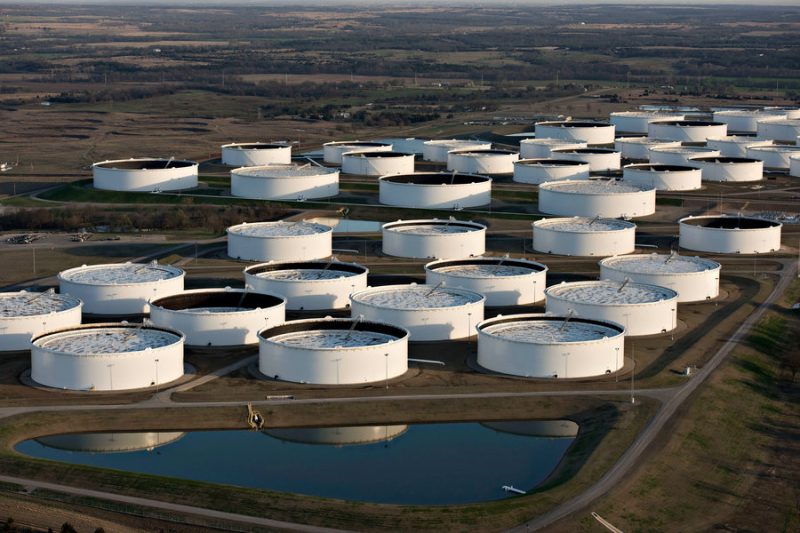 The primary data source on U.S. energy markets has struggled this year to depict weekly changes in the country’s oil supply and demand, leaving some investors conflicted on how to parse information about the world’s top oil producer and consumer.
The primary data source on U.S. energy markets has struggled this year to depict weekly changes in the country’s oil supply and demand, leaving some investors conflicted on how to parse information about the world’s top oil producer and consumer.
For decades the market had brushed over a so-called “adjustment” in the EIA’s weekly inventory report due to its relatively negligible size. But that has changed in the past year as the agency consistently posted outsized adjustments, also known as unaccounted for barrels, sowing confusion among market participants despite changes to improve the quality of the data.
WHAT IS THE ADJUSTMENT NUMBER?
The adjustment number is a figure the EIA reports each week that serves as a balancing item when the administration’s supply and demand data do not align. Adjustments are normal within the data, which, given the report’s quick weekly turnaround, have to account for some margin of error.
However, market participants have consistently complained this year about larger adjustment figures. The EIA posted an adjustment number of minus 1.42 million barrels per day (bpd) in the week to Dec. 1, the largest negative adjustment on record. In the week to Dec. 8, the adjustment was minus 1.05 million bpd, the third largest negative adjustment on record.
WHAT’S CAUSING THE LARGER ADJUSTMENTS?
Earlier this year, the EIA studied larger adjustment numbers, as the average annual adjustment in 2022 was the biggest in records dating back to 1973. The assessment found two root factors: crude oil blending accounting that overestimated domestic consumption, and under-reported oil output, the EIA said in March.
As a result, the EIA said it would change its surveys to get more accurate crude output data, and also change its accounting methods for crude oil blending.
BUT WHY ARE THE ADJUSTMENTS STILL LARGE?
The EIA relies on surveys from market participants to capture weekly data. But no dataset is perfect, especially weekly datasets pulled from estimates and sample surveys. The EIA encourages data users to treat the weekly data as a snapshot of trends and compare it to more vetted monthly data.
“I know that our weekly data informs a lot of decisions in the market, and that the volatility is not useful. This is why we continue to work on improving our data collection and analysis,” said Warren Wilczewski with the EIA.
WHY DOES THE VOLATILITY MATTER?
The frequency, transparency and expansiveness of EIA’s data mean that market participants around the world depend on it to make investment decisions related to the crude market. Release of the data on Wednesdays typically moves the massive crude futures market.
But as the adjustments have grown larger, some have grown warier about the data’s depiction of the energy landscape.
“The market has been losing faith in the weekly data over the last year or two, leaving the report to be viewed as increasingly irrelevant, given the magnitude of the adjustment factor and its unpredictableness,” said Matt Smith, lead oil analyst for the Americas at Kpler.
EIA’s accounting changes around crude oil blending have actually added confusion instead of clarity, Smith added.
(Reporting by Stephanie Kelly; Editing by Aurora Ellis)